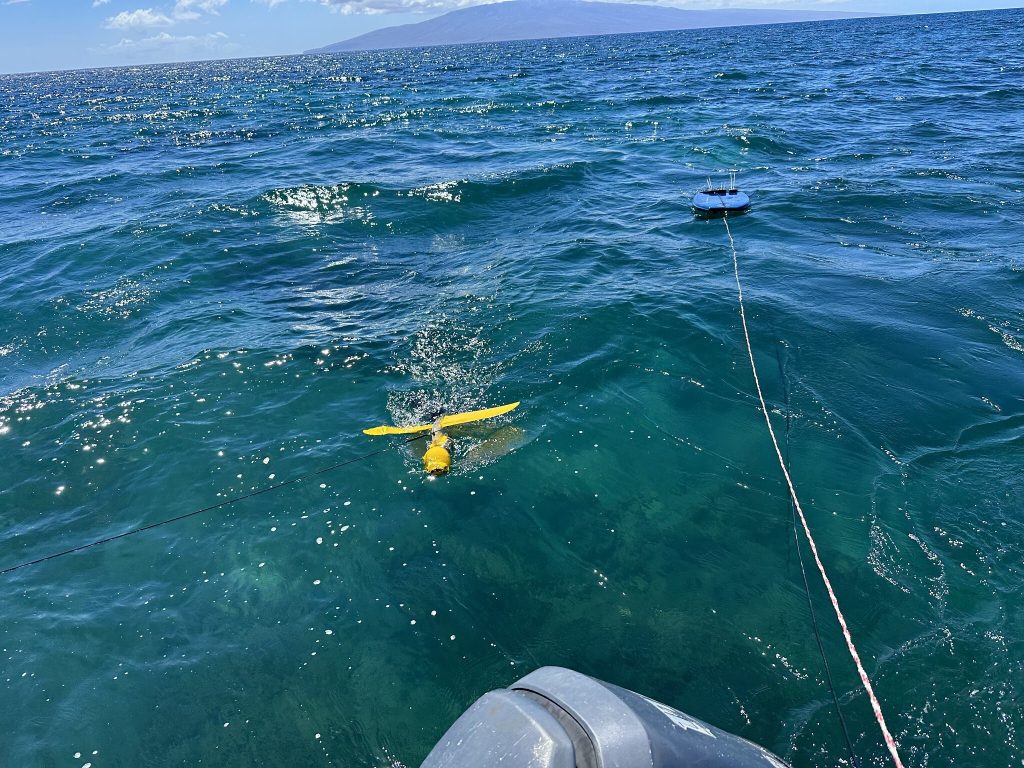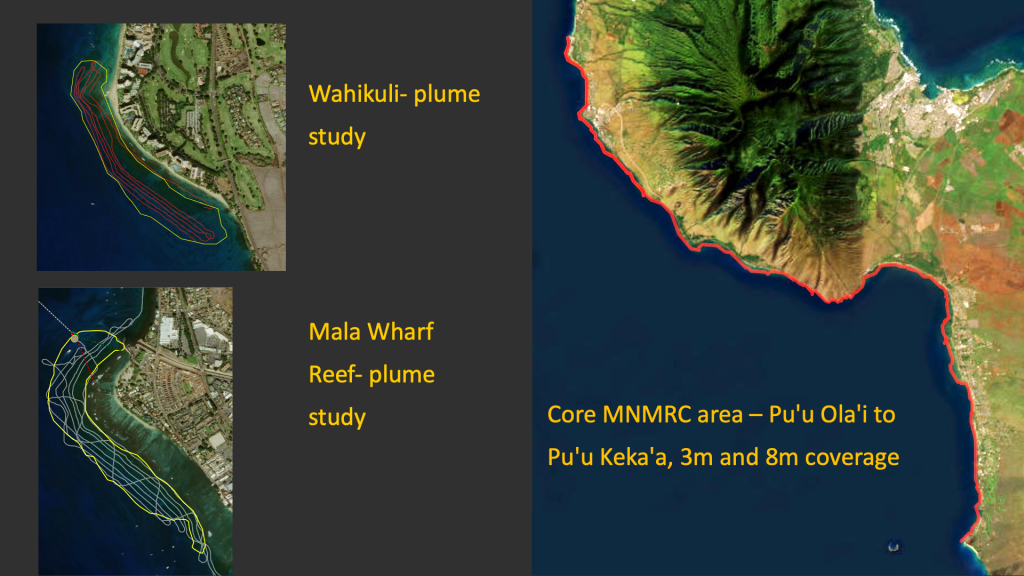Survey conducted on health of West Maui coral reefs in the wake of the August wildfires

The Maui Nui Marine Resource Council, in collaboration with Australian coral reef-imaging startup Flying Fish Technologies, worked to collect baseline data on reef conditions in West Maui in the wake of the August wildfires.
Concern about the effects of runoff from toxin-laden ash into nearby coastal and ground waters prompted the six-day survey of reef habitats along the leeward side of Maui.
The team was led by Dr. Brett Kettle, an expert in coral reef protection with over 30 years of experience, including working on the Great Barrier Reef.

Dr. Kettle also developed the Vertigo3 glider, a high-speed, broad-scale underwater visual survey tool that can cover 25 acres an hour while recording over 50,000 high-resolution images.
Using the Vertigo3, the MNMRC and FFT team captured extensive images of two reef areas, one south of Māla Wharf and the other off of Waiakoa. Both sites were of particular concern to the DNLR Division of Aquatic Resources as they were susceptible to polluted runoff.
The survey also included imaging from 5-8 mile-wide swaths of reef at 3-mile and 8-mile target depths from Oneuli Beach in Mākena to Puʻu Kekaʻa “Black Rock” in Kāʻanapali.

The captured images will allow comparison of the current state of coral reefs that may already have been affected by toxic runoff with unaffected “control” regions and will enable accurate assessment of any effects when storms cause runoff to nearshore reefs. The technology also presents new ways to view and study Maui’s reefs from above the water.
At a presentation hosted at the Maui Ocean Center’s Sphere Theater, Dr. Kettle introduced the Vertigo3 and how it was used to image extensive sections of Maui’s leeward reefs. The team also presented results from the survey in the form of 3D reef models and preliminary density maps of specific types of fish and sea urchins.









